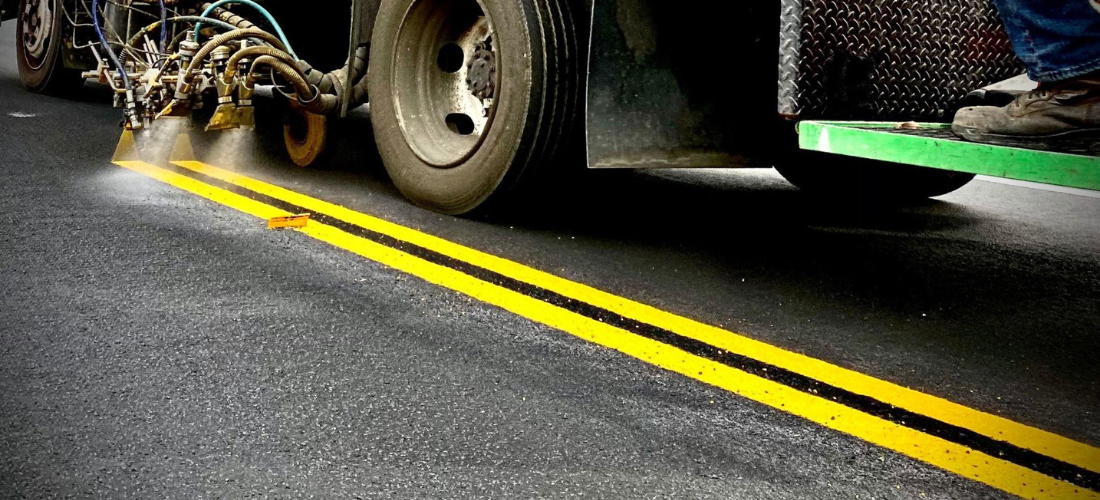As our roads age, they require maintenance to ensure they remain safe and functional for motorists. Slurry road surfacing is a popular technique used to rehabilitate worn-out roads, providing numerous benefits to both authorities and road users. In this blog, we’ll explore how slurry road surfacing works and why it’s a smart choice for maintaining our transportation infrastructure.
Slurry road surfacing or microsurfacing is a technique used to resurface and restore worn-out roads. It involves the application of a slurry mix, consisting of a polymer-modified emulsion and aggregate, to the existing road surface. The slurry mix is then spread evenly across the road surface using a specialized machine, which creates a smooth, durable, and skid-resistant surface
How Does Slurry Road Surfacing / Microsurfacing Work?
Slurry road surfacing is a multi-step process that involves several key stages. Here’s an overview of how the process works:
- Surface Preparation: The existing road surface is thoroughly cleaned and any defects, such as potholes or cracks, are repaired.
- Application of Slurry Mix: The slurry mix is prepared in a specialized plant and transported to the road site. It is then applied to the road surface using a slurry machine, which spreads the mix evenly across the surface.
- Curing: The slurry mix is left to cure for several hours, allowing it to set and harden.
- Final Checks: Once the slurry mix has cured, a final inspection is carried out to ensure the road surface is smooth, even, and free from defects.
Benefits of Slurry Road Surfacing
- Cost-Effective: Slurry road surfacing is a cost-effective solution for rehabilitating roads. It is less expensive than traditional road resurfacing methods, such as hot mix asphalt, yet it provides similar benefits in terms of durability and skid resistance.
- Durability: Slurry road surfacing provides a durable surface that can withstand heavy traffic and harsh weather conditions. The polymer-modified emulsion and aggregate create a strong bond with the existing road surface, preventing cracks and other forms of deterioration.
- Skid Resistance: The use of aggregate in slurry road surfacing improves the road’s skid resistance, reducing the risk of accidents and improving safety for motorists. Fast Application: Slurry road surfacing can be applied quickly, minimizing road closures and disruption to traffic flow. This makes it an ideal solution for heavily trafficked areas, where road closures can cause significant inconvenience.
- Environmentally Friendly: Slurry road surfacing is an environmentally friendly solution for road rehabilitation. The slurry mix contains recycled materials, reducing the amount of waste sent to landfills.
- Versatility: Slurry road surfacing is a versatile technique that can be used on a variety of road surfaces, including highways, urban streets, and residential areas. It can be used to address a range of issues, from minor distresses to surface deterioration, restoring the road’s functionality and safety.
Conclusion: Slurry road surfacing is an effective and cost-efficient solution for rehabilitating aging roads. Its numerous benefits, including durability, skid resistance, fast application, and versatility, make it a smart choice for maintaining our transportation infrastructure.

